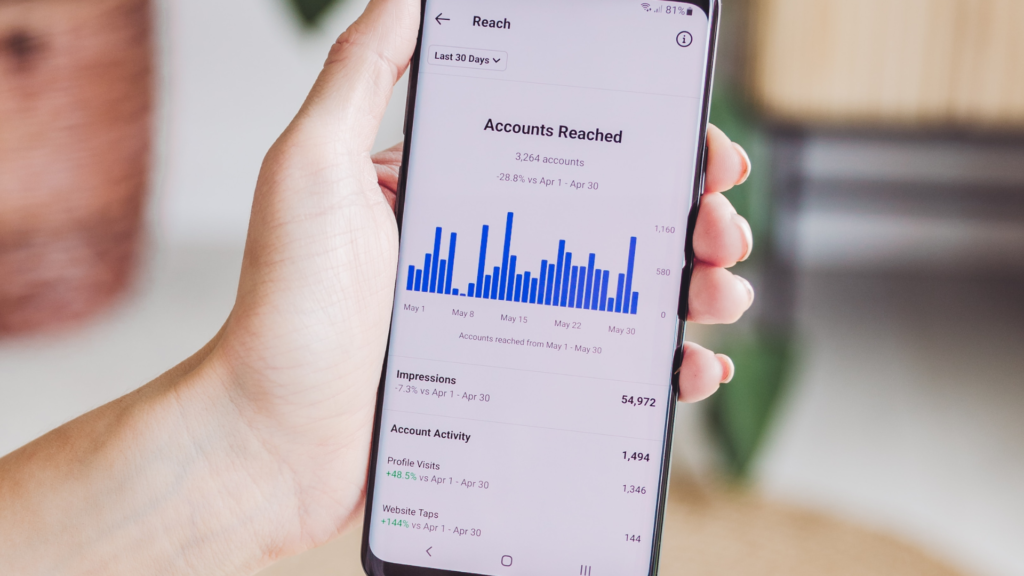In the old days, people talked about public relations and advertising. Nowadays, they talk in terms of earned (or organic) and paid coverage. One thing remains the same though, both are distinct forms of media exposure, each with its own set of characteristics and purpose.
So, when evaluating earned media and paid media for use in your B2B marketing, it’s important to remember:
- What each can and can’t deliver
- These tactics are complementary, not competing
The Value of Earned Media
Earned media has evolved beyond editorial placements to include communities and influencers across various platforms – yes, even in B2B. While the latest TikTok challenge may not be where your next customer comes from, there’s still validity in identifying those members of your industry who have gained a following online (perhaps on YouTube rather than TikTok) and who are being listened to about trends in products, technology, markets and beyond.
Earned media is essentially the result of others willingly talking about or sharing information on a company, product, service or technology. Obtaining this type of respect and authority organically isn’t necessarily easy. It’s built on trust in what a company says, delivering on what is promised and focusing on education and problem solving that helps your audience.
Key things to note about earned media:
- It relies on the goodwill or satisfaction of the person or entity doing the endorsing
- It often carries with it more credibility and trustworthiness
- It enhances thought leadership
- It can reach a wide audience through social sharing and community engagement
- You give up part of the control of your message
Types of earned media today include mentions and endorsements obtained through:
- Customer testimonials
- Influencer partnerships
- Editorial relations
- Web content
- Social media sharing
- Word-of-mouth



Why Paid Media Is Important Too
Paid media relies on a direct financial investment to reach and engage your specific audience. So, a budget-conscious marketer may think an earned-only strategy would be the way to go, whereas in reality, paid media helps focus your reach and engagement, especially with specific audience segments.
Paid placements now rely heavily on a variety of digital options across multiple channels – with the occasional printed opportunities still popping up – but no matter the channel, paid opportunities give you far more control over where, when and how your company is presented. Because of this, it’s ideal for purpose-driven campaigns, events, and frequent, consistent coverage.
Key things to note about paid media:
- It costs more money
- It provides far more data for ROI analysis
- It can amplify your reach for earned media coverage
- It effectively reaches targeted audiences
- You control the message and placement
Types of paid media today includes a mix of channels:
- Industry publication ads
- Influencer compensation
- Paid search
- Retargeting and web ads
- Paid content placement
- Sponsored social posts
- Event sponsorships
Integrated Marketing Tactics
In an integrated marketing strategy no single tactic stands on its own. Earned media and paid placements are included in this philosophy, as they are not mutually exclusive, but in fact, complement each other.
Brands often strive to earn positive editorial and partner coverage as well as word-of-mouth through their earned media efforts, which can then be amplified across paid channels to help extend the reach of earned media mentions within certain audience groups.
Earned and paid media work together to build a collective blanket of coverage across various channels to:
- Increase brand awareness
- Drive website traffic
- Generate excitement and trust
- Amplify content reach
- Nurture prospects into customers
Reinforcing a company’s message is not only essential, it highlights the importance of integrating your tactics across your marketing communications strategy. Focusing on consistency, coordination and synergy across multiple marketing channels helps to create a unified brand experience and maximize the impact of marketing efforts.
